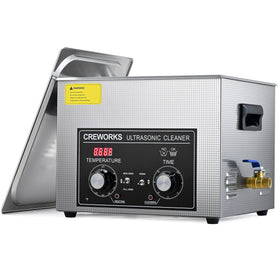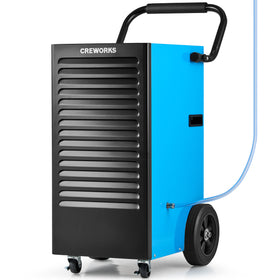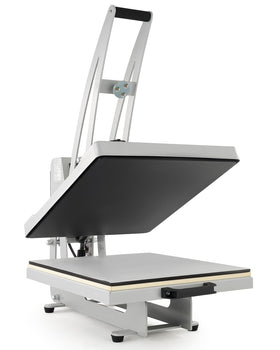Ultrasonic Cleaner Frequently Asked Questions (FAQ)
How does an ultrasonic cleaner work?
An ultrasonic cleaner uses high-frequency ultrasonic waves to create tiny bubbles (cavitation) in the cleaning solution. These bubbles collapse and produce powerful shock waves that deeply clean surfaces and crevices.
What items can be cleaned with an ultrasonic cleaner?
It is suitable for jewelry, eyeglasses, medical instruments, electronic parts, automotive components, and more, but not recommended for delicate items like pearls or jade.
What precautions should be taken when using an ultrasonic cleaner?
Use an appropriate cleaning solution (avoid strong acids or bases), control the cleaning time, avoid cleaning fragile items, and keep the device away from fire and high temperatures.
Can ultrasonic cleaners remove grease and dirt?
Yes, especially models with heating functions, which improve the removal of grease and stubborn contaminants.
How can I tell if my ultrasonic cleaner is working properly?
You should see consistent and uniform bubble formation in the cleaning solution with a continuous bubbling sound.
Why should strong acids or bases be avoided as cleaning solutions?
These corrosive chemicals can damage the internal parts of the device and reduce its lifespan.
Are ultrasonic cleaners suitable for commercial use?
Yes, they are ideal for small businesses such as optical shops and jewelry stores for efficient cleaning needs. For exceptional cleaning power and long-lasting performance, Creworks ultrasonic cleaners are a smart investment for your business.












Leave a comment